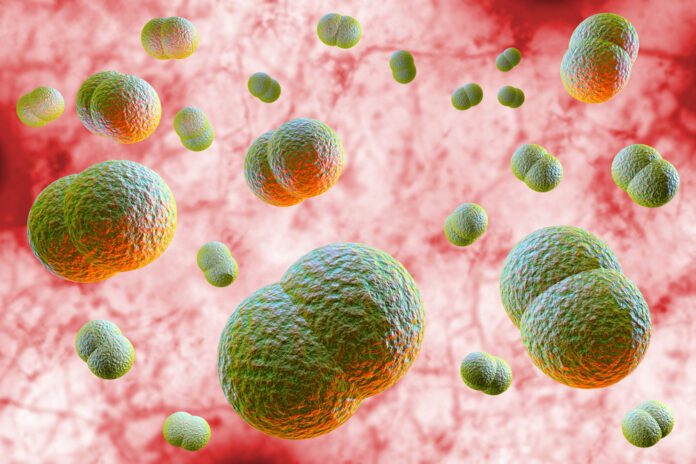Overview Of Bacterial Meningococcal Meningitis
Meningitis is an infection of the membranes (meninges) covering both the brain and spinal cord. Bacterial meningitis also goes by the name bacterial meningococcal meningitis. However, bacterial infection is only one cause of meningitis. Associated names for bacterial meningitis include gram negative – meningococcus, and meningococcal meningitis.
Causes Of Bacterial Meningococcal Meningitis
The bacteria Neisseria meningitidis, equally called meningococcus, causes bacterial meningitis. It afflicts children, teens, and adults alike. This form of meningitis is highly contagious. It may cause local epidemics, especially if the infected person is in a high population area. As a result, schools, dormitories, and military bases can foster hot spots.
Infection undoubtedly occurs most often in winter or spring, and risk factors include recent exposure to someone with meningococcal meningitis, or having had a recent upper respiratory infection.
Symptoms
Symptoms can come on suddenly, and generally may include:
- Fever and chills
- Mental status changes
- Nausea and vomiting
- Purple, bruise-like areas (purpura)
- Rash, pinpoint red spots (petechiae)
- Severe headache
- Sensitivity to light (photophobia)
- Stiff neck
Other symptoms of bacterial meningococcal meningitis include:
- Agitation
- Bulging fontanelles in infants
- Decreased consciousness
- Poor feeding or irritability in children
- Rapid breathing
- Unusual posture with both the head and neck arched backward (opisthotonus)
Exams & Tests
- Diagnosis requires a doctor’s visit. Your doctor will ask about not only symptoms, but also possible exposure to others who may have similar symptoms.
- Afterwards, your doctor will order tests to determine if you have meningitis. Doctors occasionally may request a lumbar puncture, where they collect a small sample of spinal fluid.
Other tests that may be done include:
- Blood culture
- Blood tests, particularly for white blood cell count
- Chest x-ray
- CT scan of the head
- Gram stain, other special stains
Treatment Of Bacterial Meningococcal Meningitis
Bacterial meningitis requires antibiotics, and ceftriaxone is the most commonly used. In high doses, penicillin is highly effective. However, if the patient is allergic to penicillin, then chloramphenicol may be used instead. Corticosteroids may be given to children.
As a preventative measure, antibiotics should also be given to people in close contact with someone who has bacterial meningitis.
Such people generally include:
- Those living in the same house
- Military personnel sharing close quarters
- Dormitory roommates
- Anyone who comes into both close and long-term contact with an infected person



